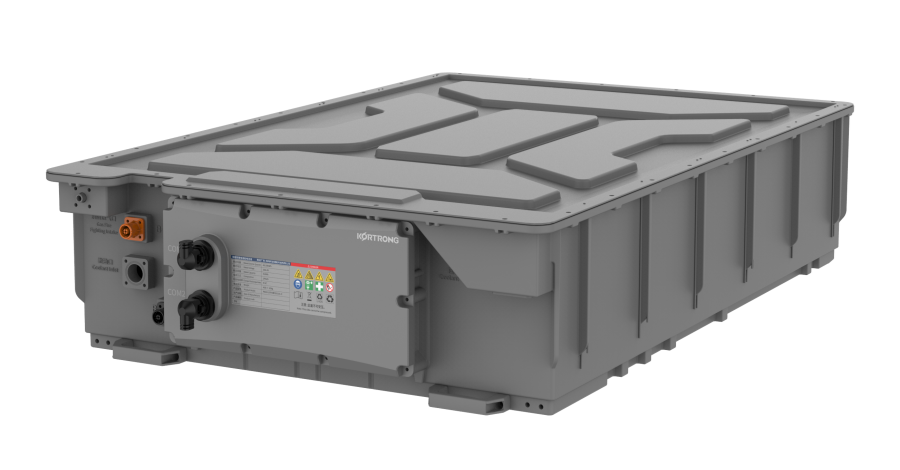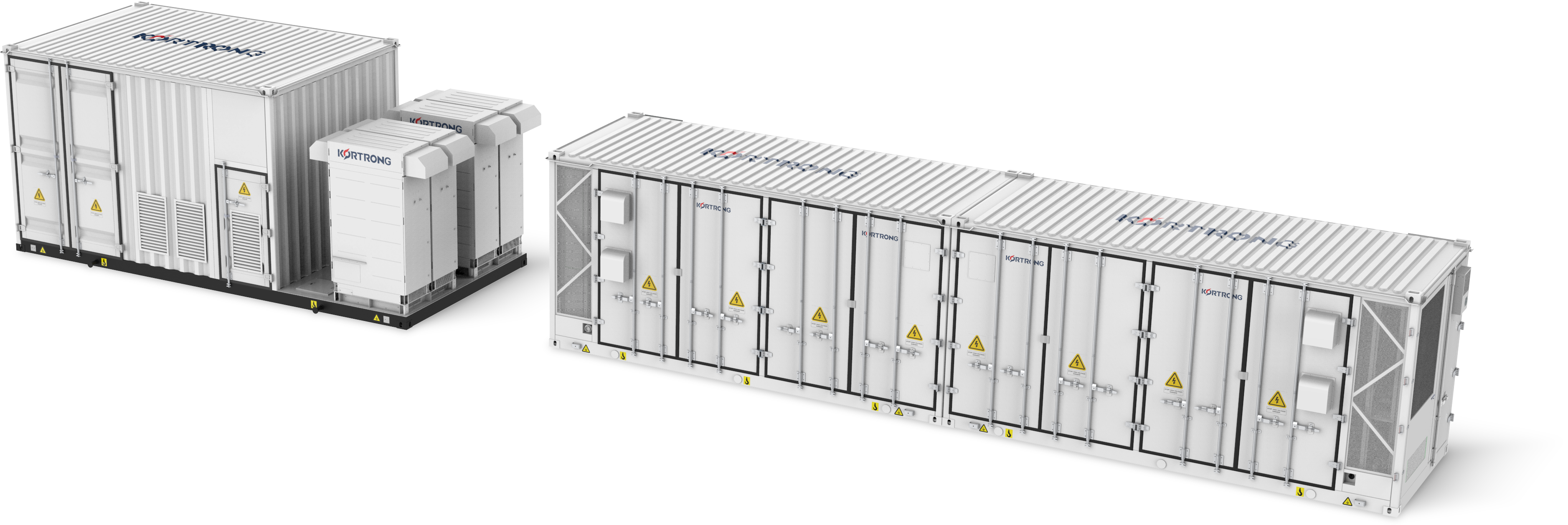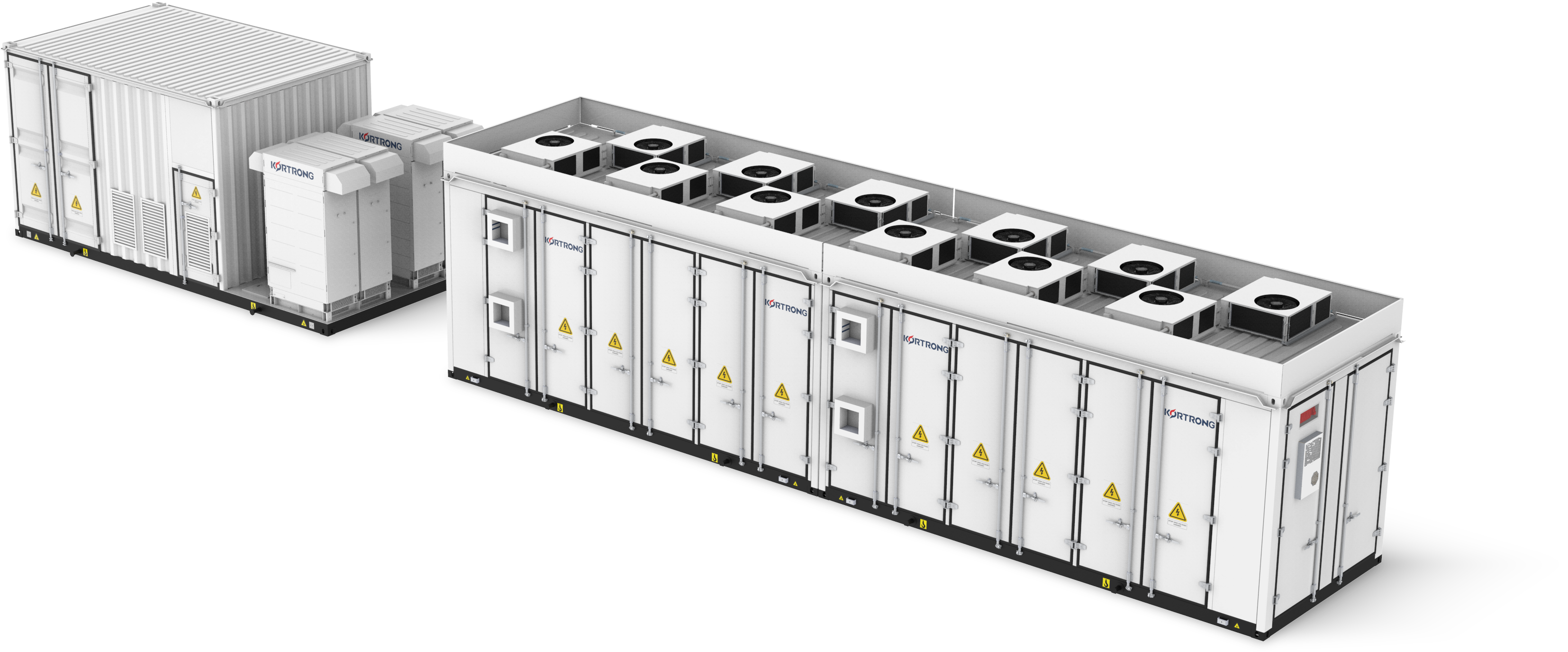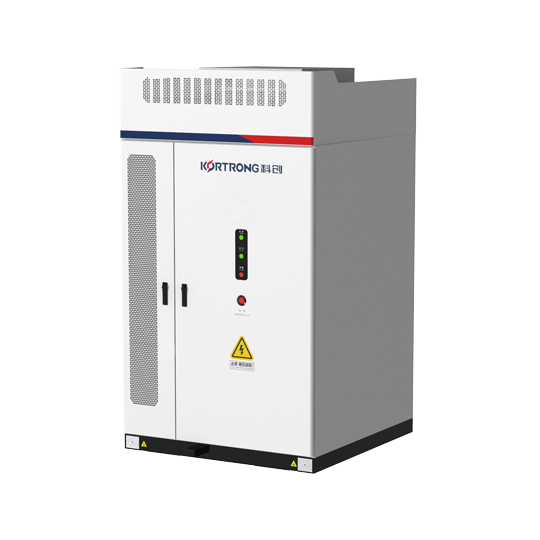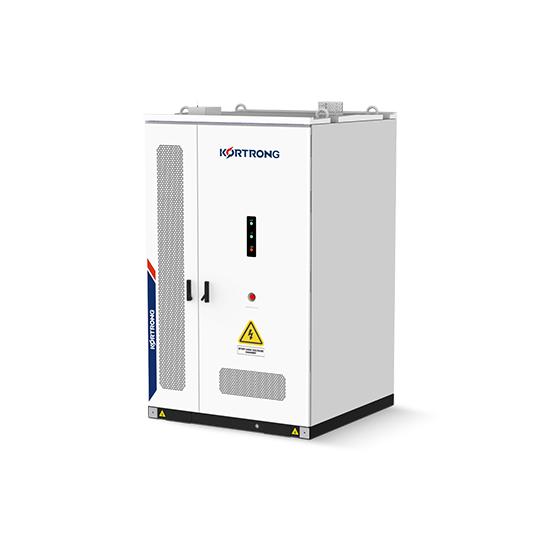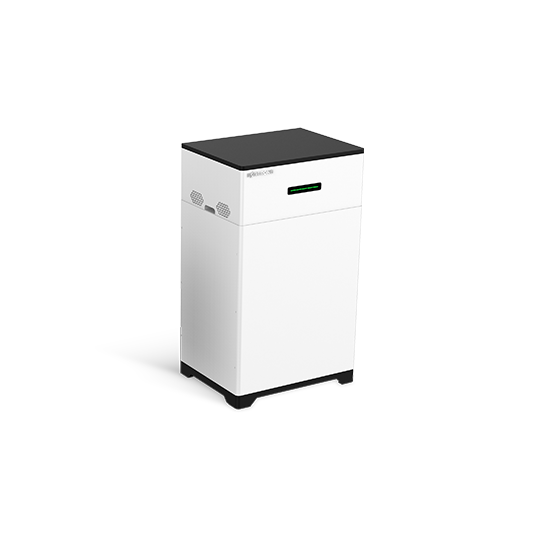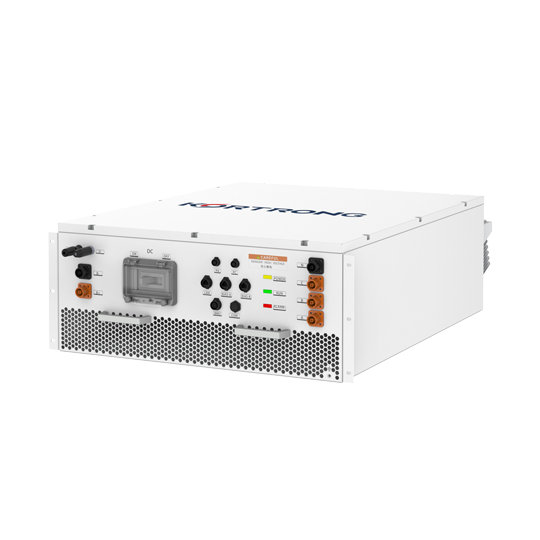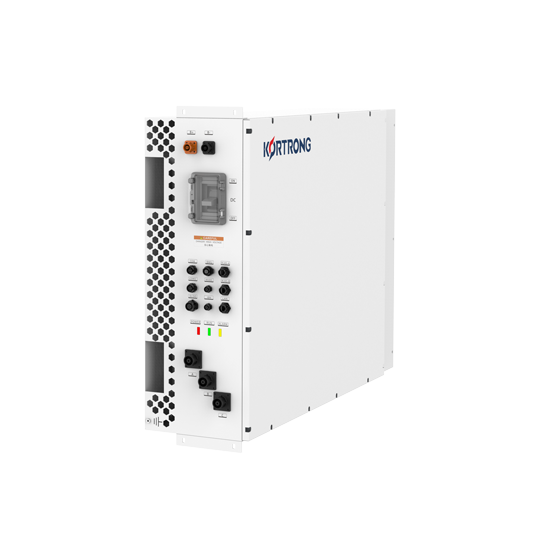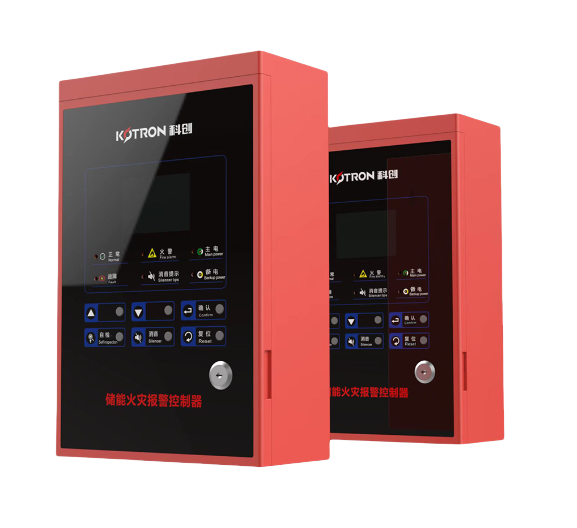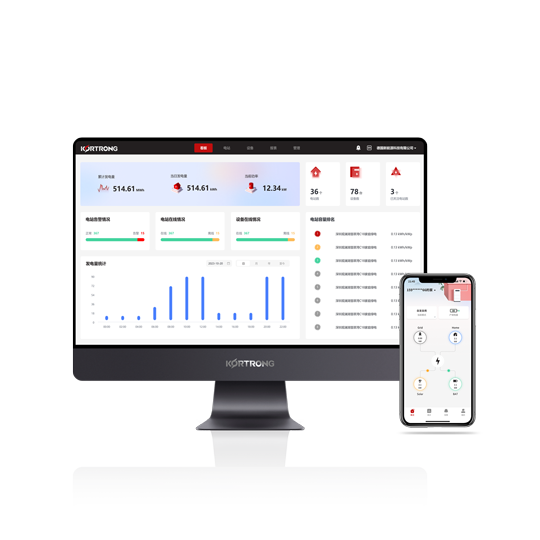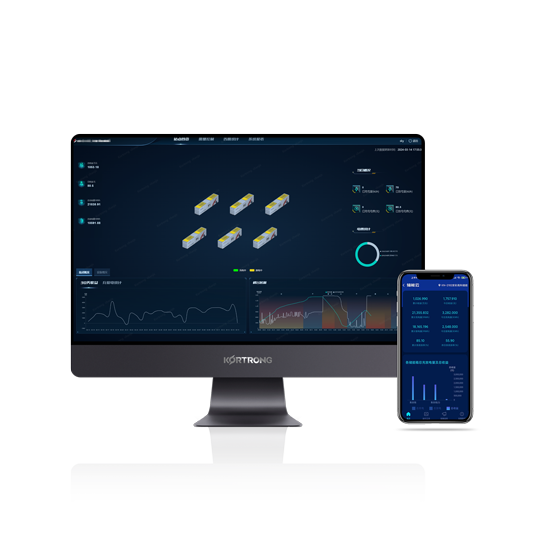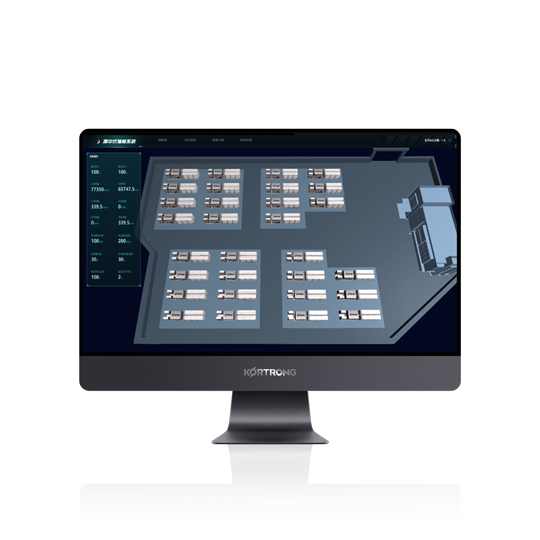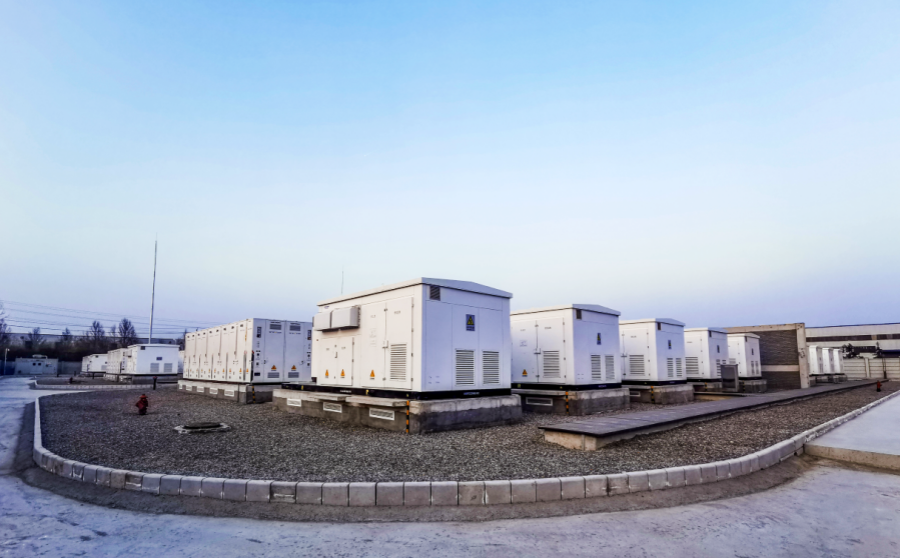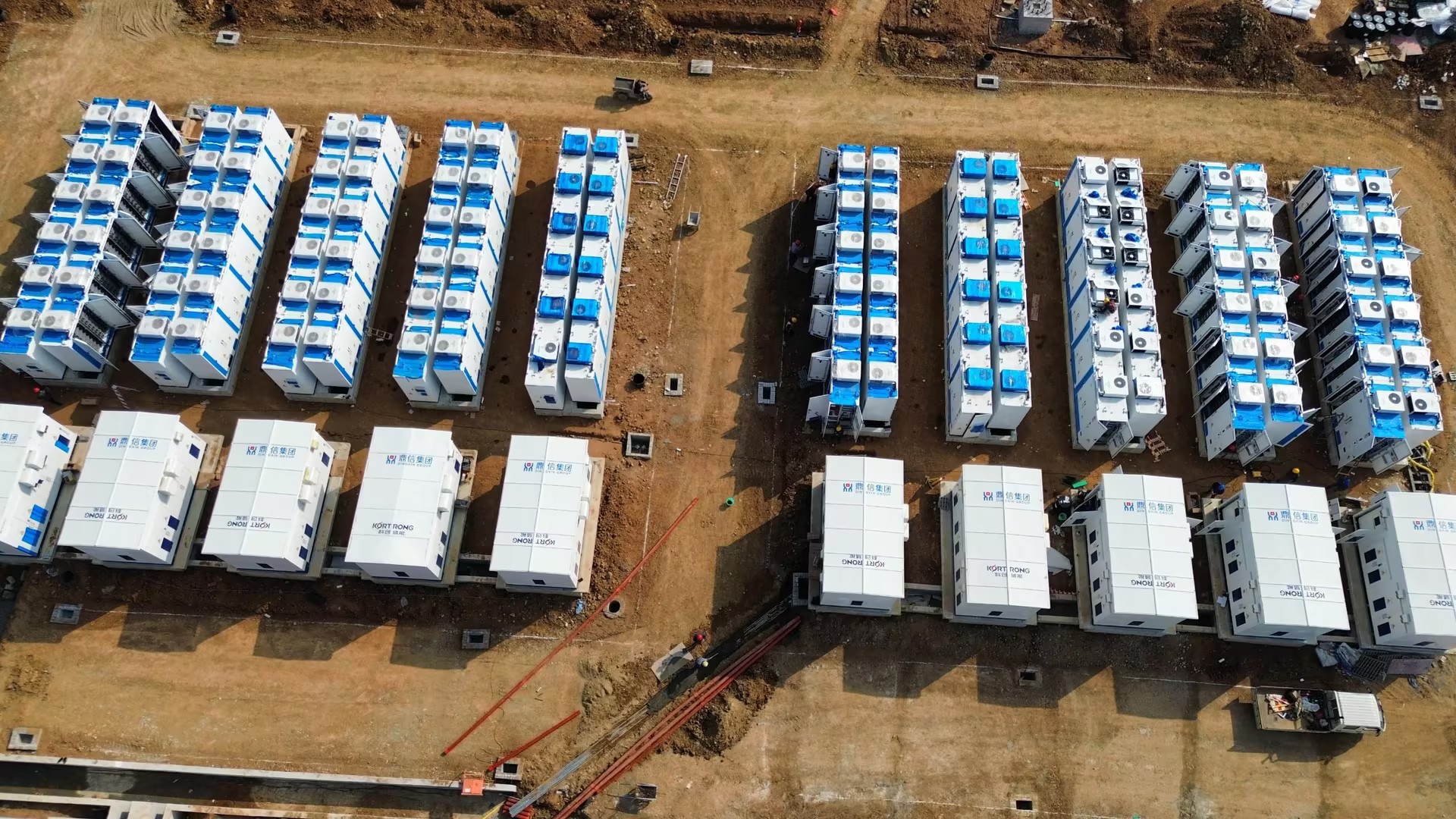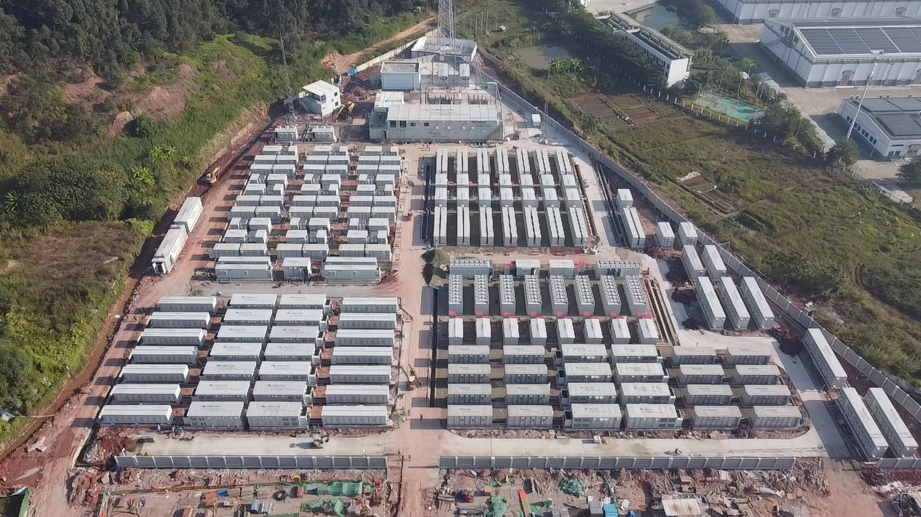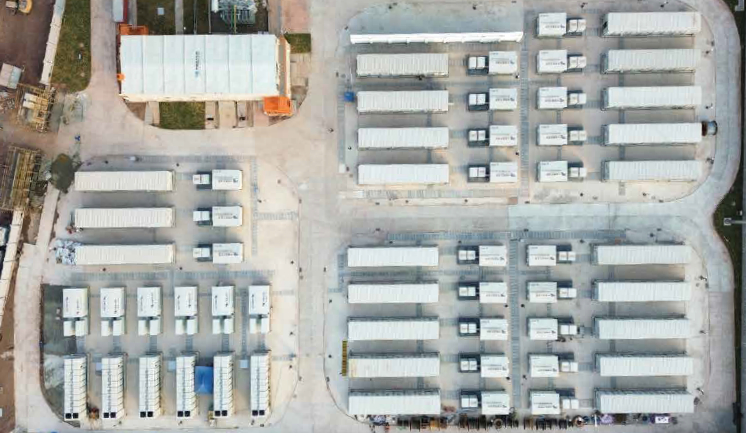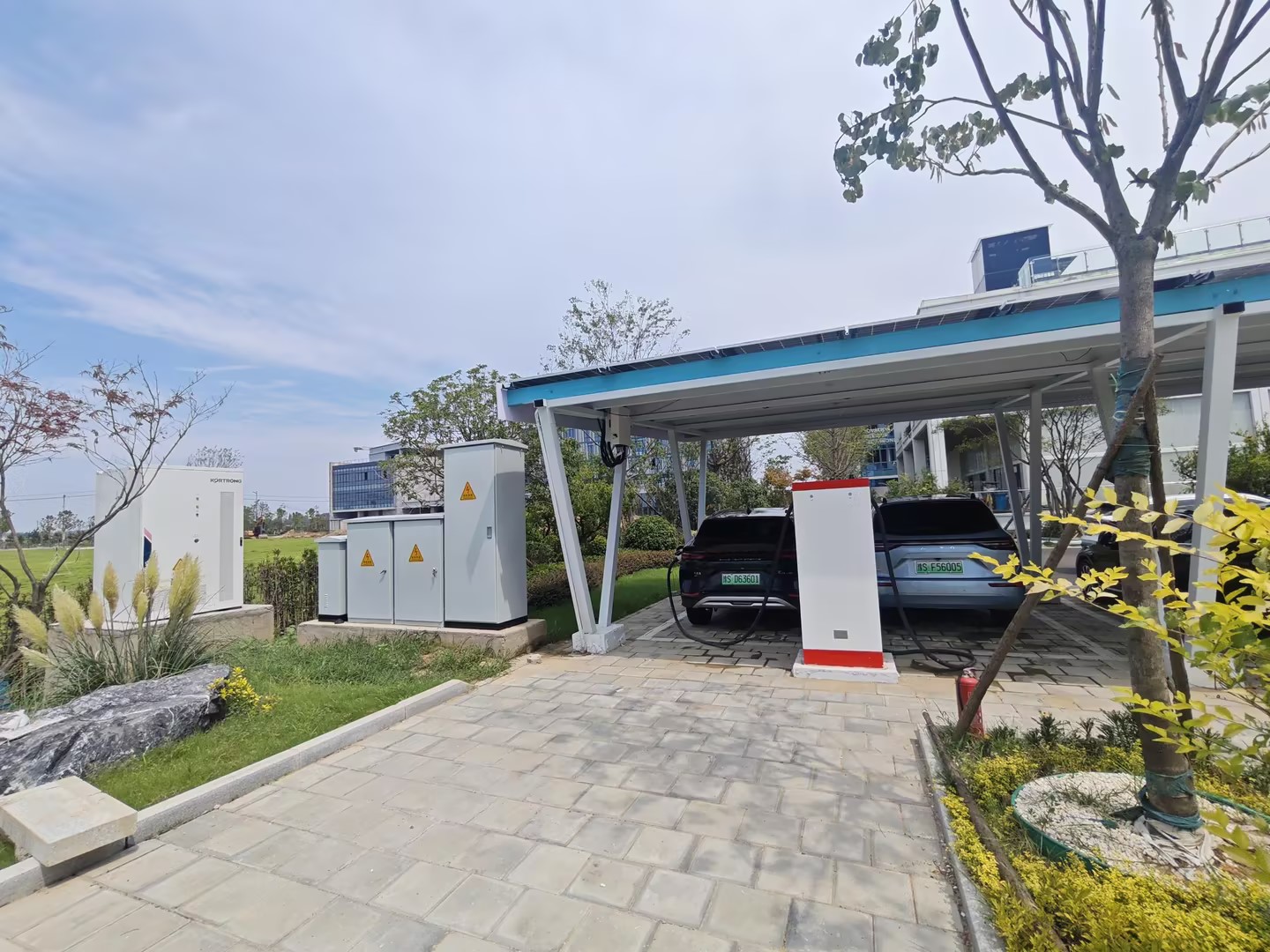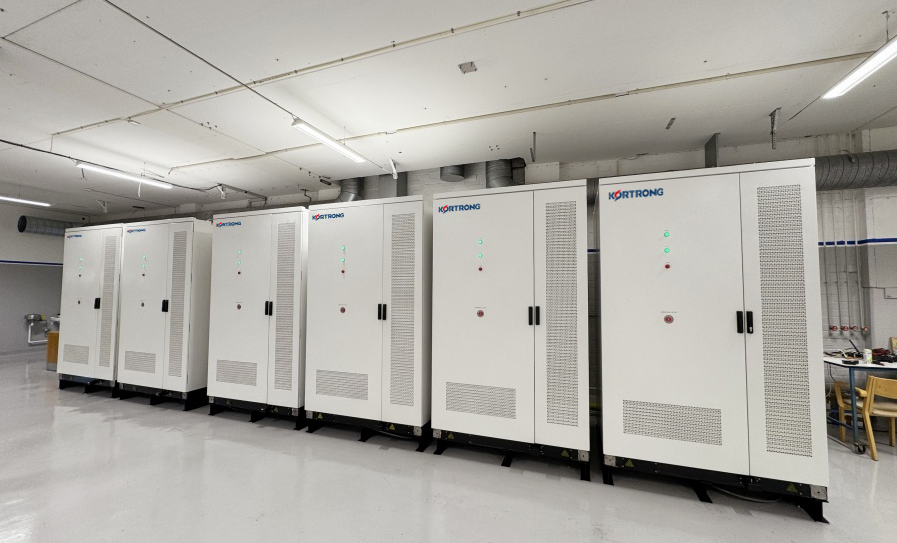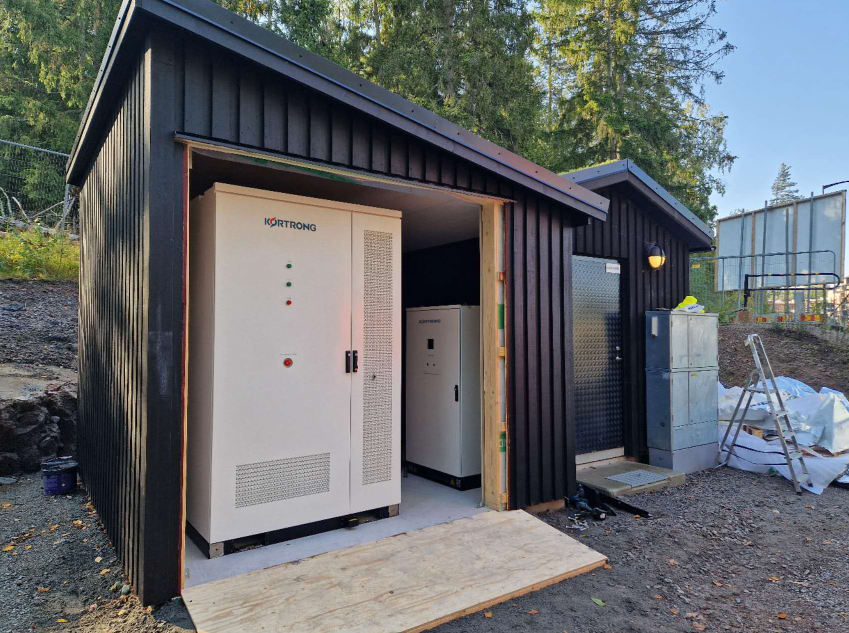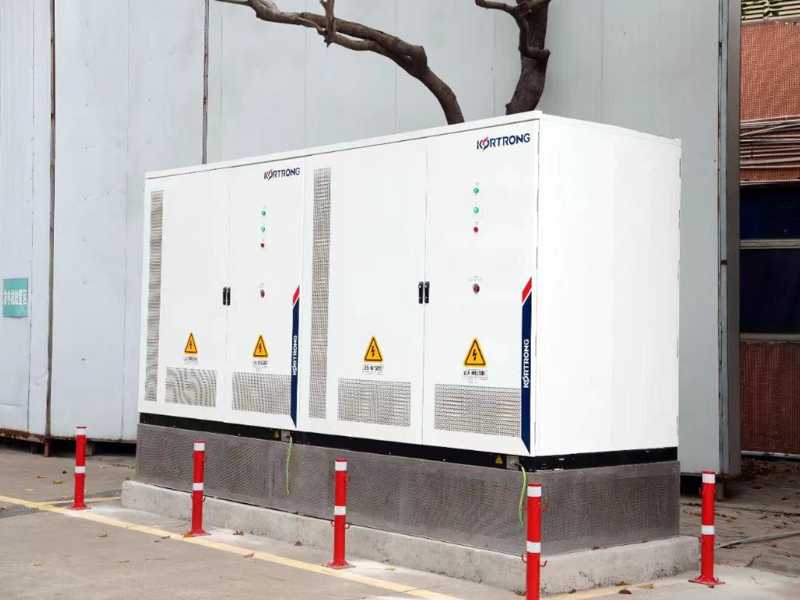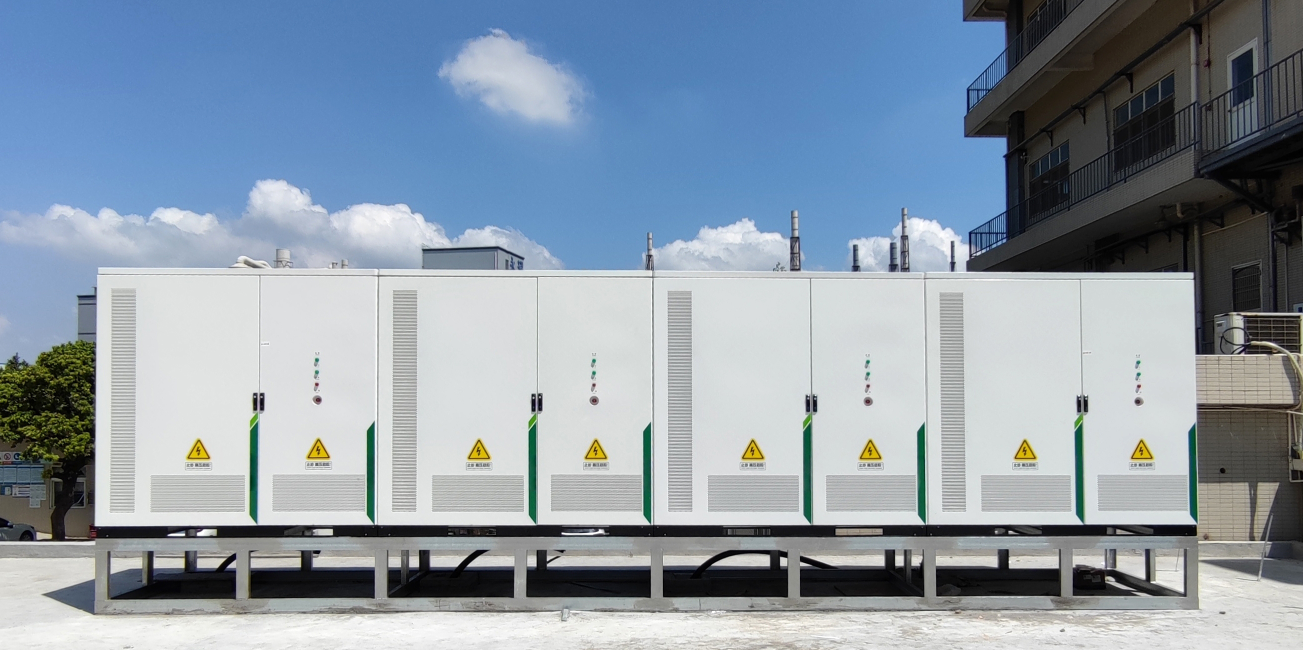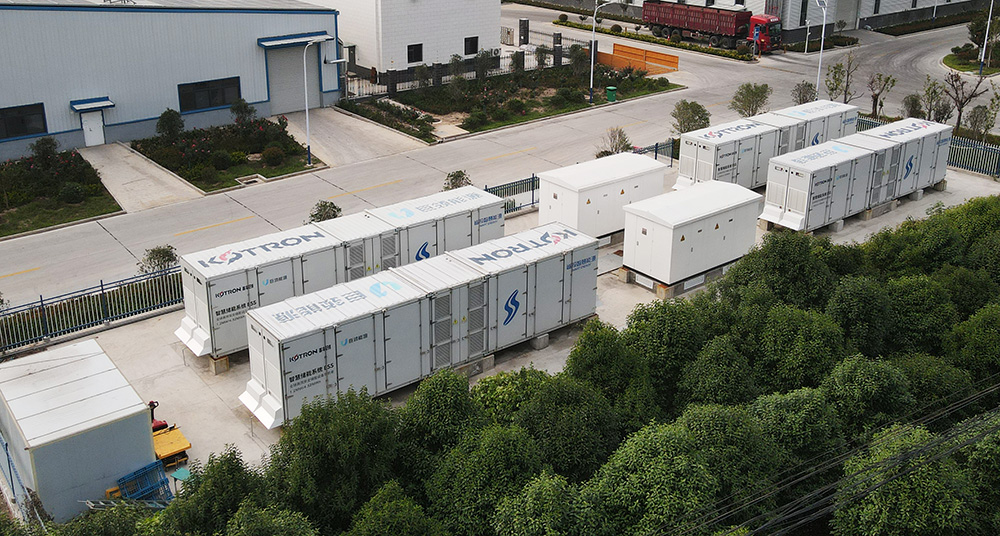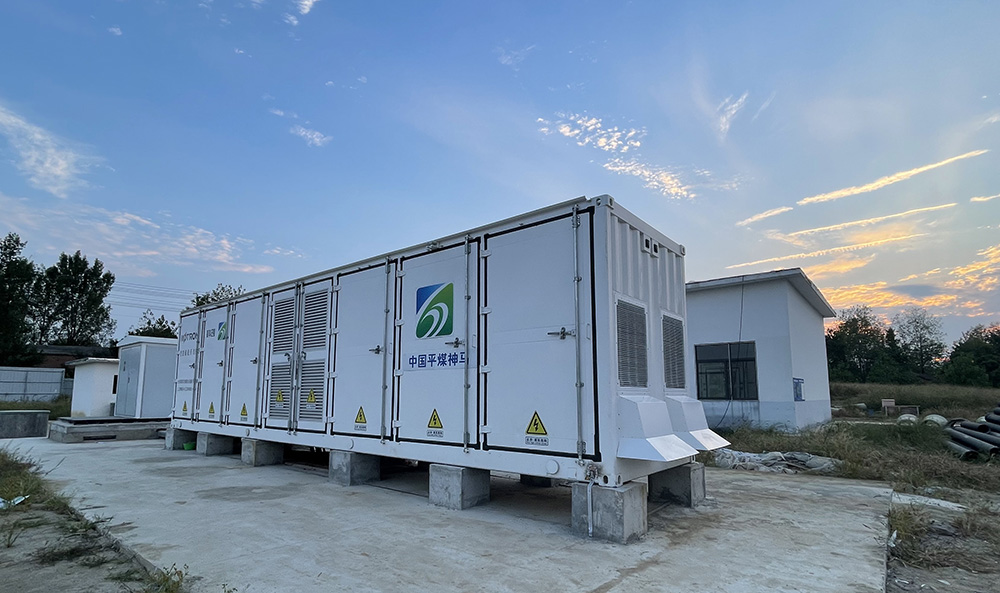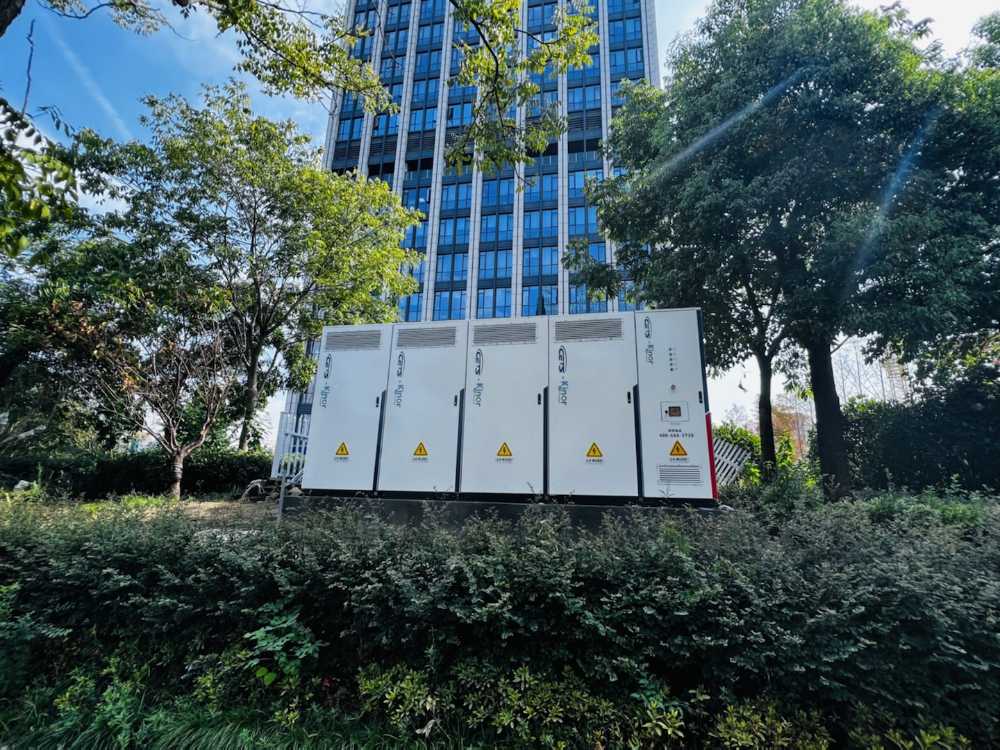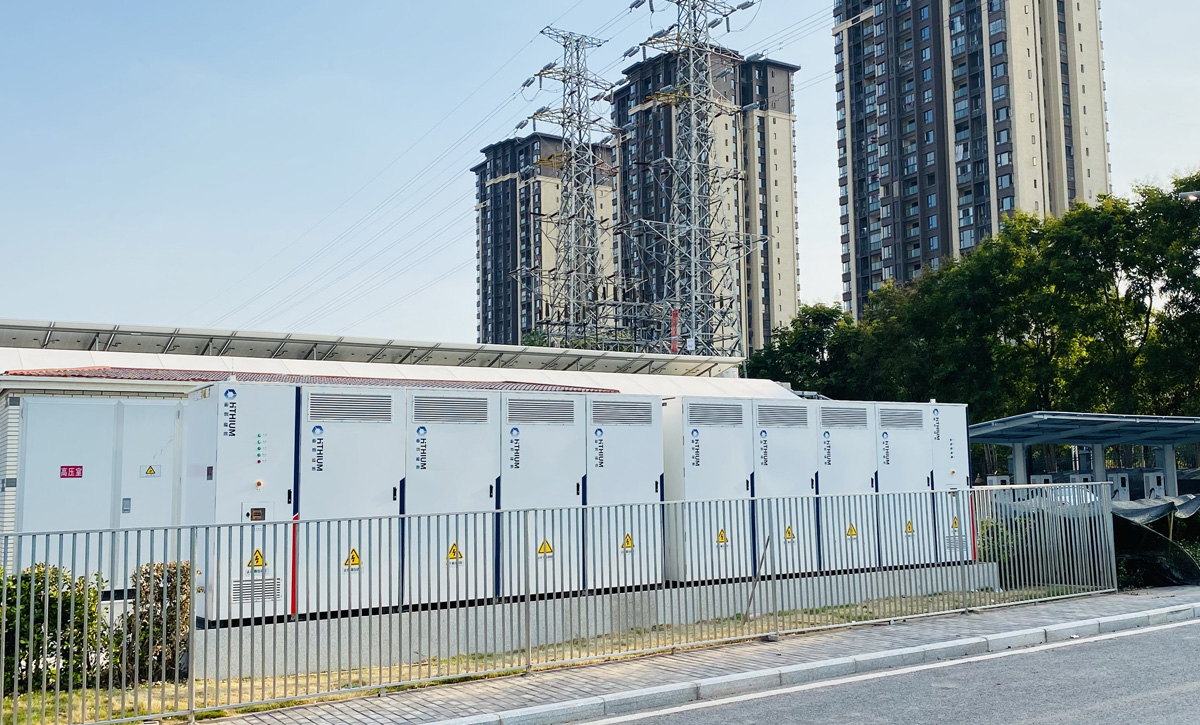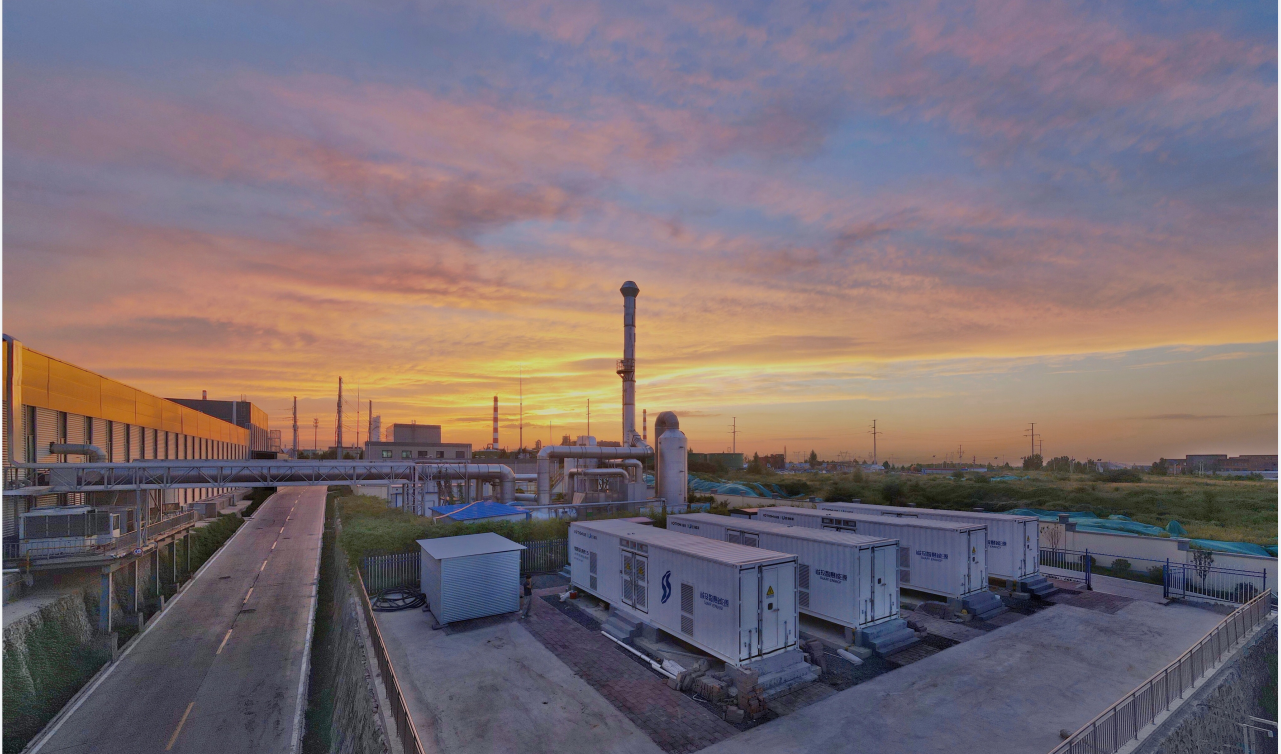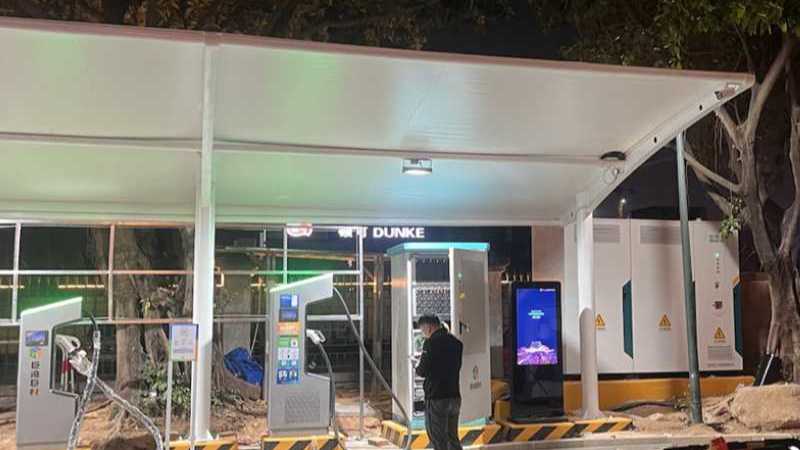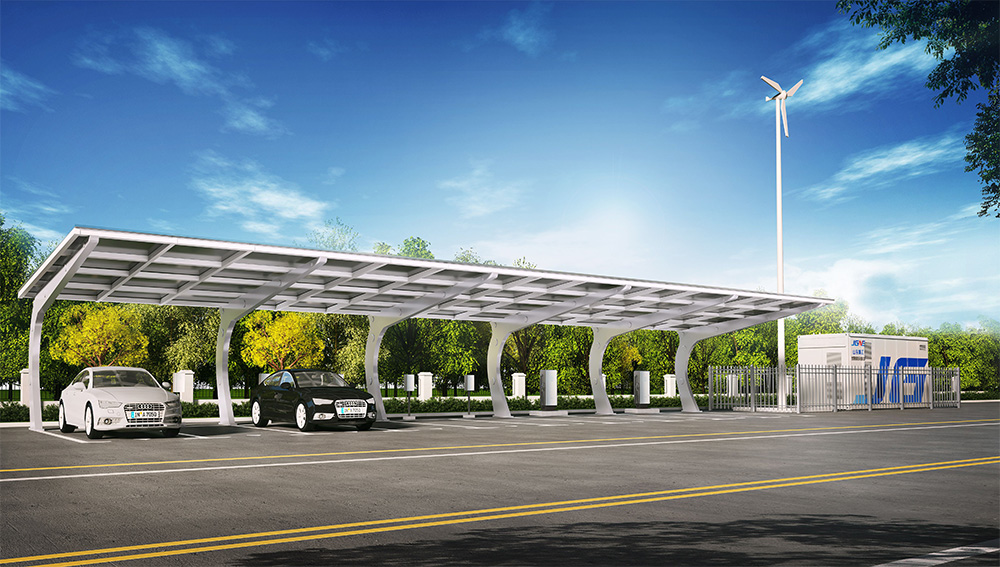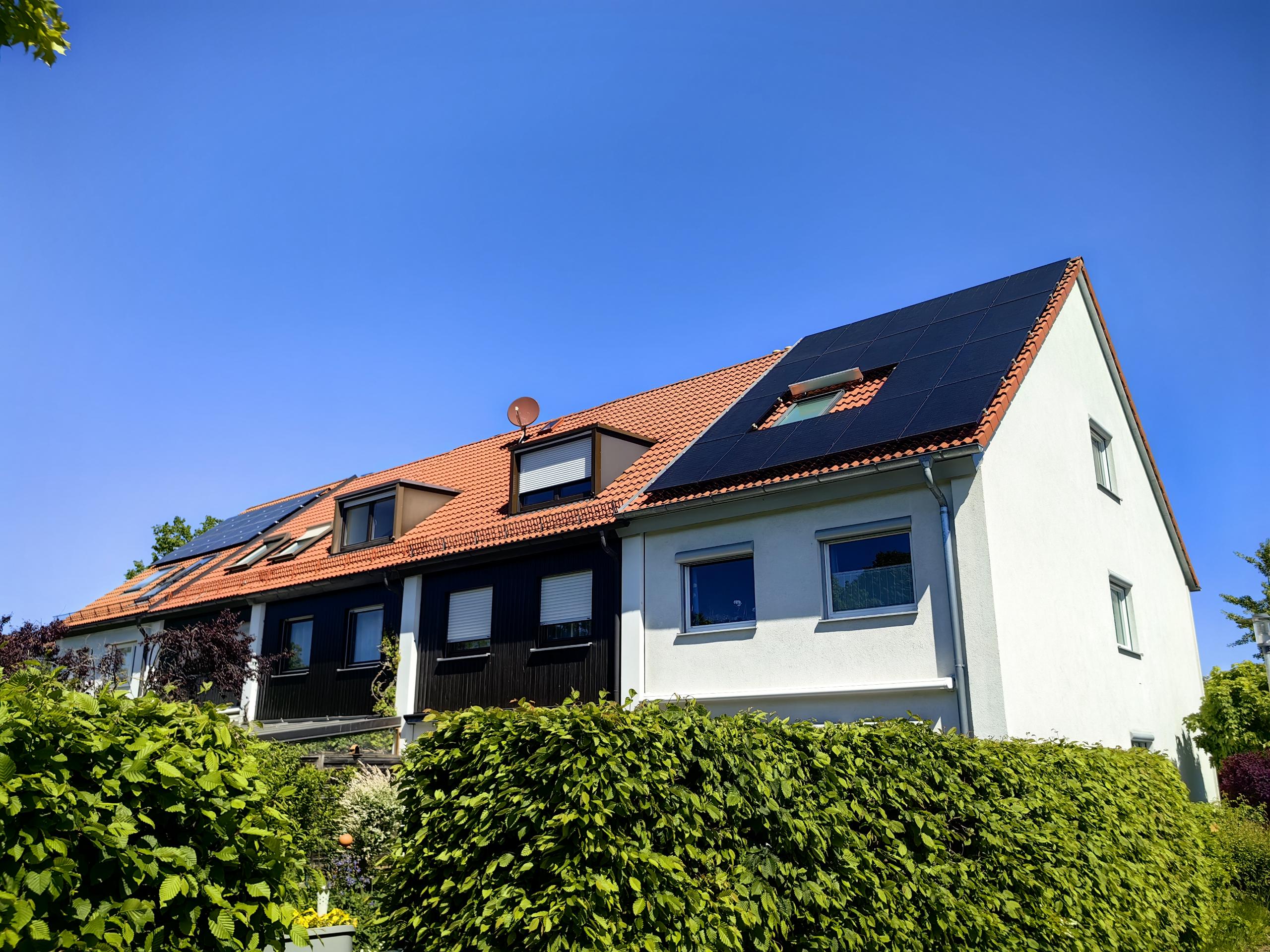Island areas are usually far away from the mainland, and the traditional way of supplying power from large grids faces problems such as high construction costs and low power supply reliability. The island microgrid solution combines wind, solar, diesel power generation and energy storage technologies to provide an efficient, reliable and sustainable way of energy supply for the islands.
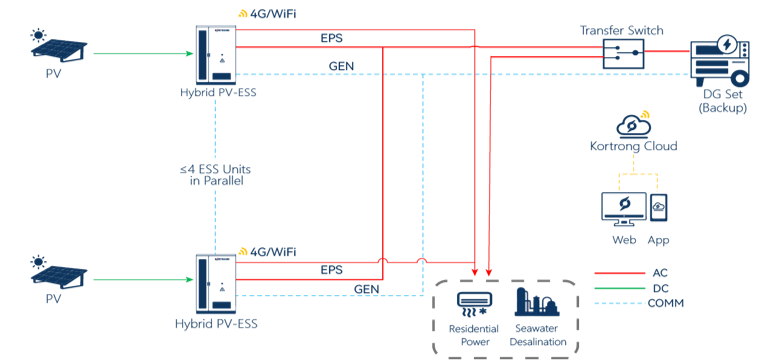
Scenarios
Island residential load power supply
Island seawater desalination
Mode
Under normal conditions, the multi-energy complementary independent power supply system delivers 24/7 uninterrupted power via PV and storage. Diesel generator activates only during extreme weather when PV generation halts and battery SOC drops to zero. Daily island living and seawater desalination are almost entirely powered by PV and storage, with diesel generator as backup. Effectively utilizes solar energy to displace diesel generation, lowering comprehensive energy costs.
Value
Delivers 24/7 green power for loads, with diesel generator as backup only, significantly reducing energy costs.
All-in-one solution from Kortrong
High Energy Utilization Efficiency: DC-coupled PV and storage minimizes energy conversion steps and losses.
Strong Load Adaptability: Supports weak grid conditions and 1.5x overload capability for superior load compatibility.
Multi-Energy Integration: Compatible with simultaneous PV, storage, and diesel generator integration with intelligent dispatch.
Scalability & Flexibility: Supports multi-unit parallel operation for flexible expansion to meet diverse needs.
Program Advantages
1. Independence of energy supply
-Self-sufficient energy security: the island microgrid can utilize local renewable energy resources, such as solar, wind, tidal energy, etc., to generate electricity, reducing the dependence on external energy supply.
-Enhanced energy security: In the face of external grid failure, natural disasters affecting mainland power lines or tight energy supply, the island microgrid can operate independently to protect the basic energy needs of the island, such as to protect the power of hospitals, communication base stations and other important facilities.
2. Efficient utilization of renewable energy
-Multi-energy complementary: microgrid can integrate a variety of renewable energy sources, according to the island's energy resources at different times of the day, flexible deployment, such as the main use of solar energy during the day, the night use of wind energy or energy storage system power supply.
-Reduced transmission loss: As energy is generated and utilized nearby within the island, long-distance power transmission is avoided, and energy loss in the transmission process is reduced.
3. Environmental friendliness
-Reduces carbon emissions: island microgrids rely mainly on renewable energy to generate electricity, reducing greenhouse gas emissions such as carbon dioxide generated by traditional fossil fuel power generation and helping to combat climate change.
4. Stability and reliability of power supply
-Security of energy storage system: When renewable energy power generation fluctuates or when the demand for electricity peaks, the energy storage system can quickly release power to balance supply and demand.
-Smart grid technology optimization: through the use of advanced smart grid technology, real-time monitoring and control of power generation, transmission, distribution and consumption links within the grid. It can detect and deal with faults in a timely manner, optimize power distribution and improve the reliability of the power supply system.





